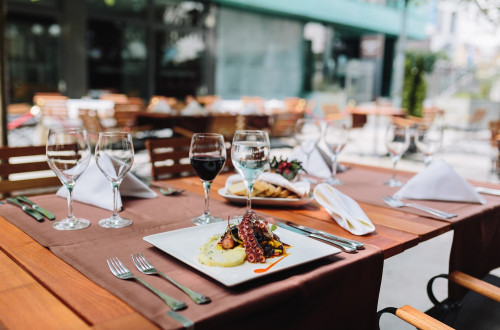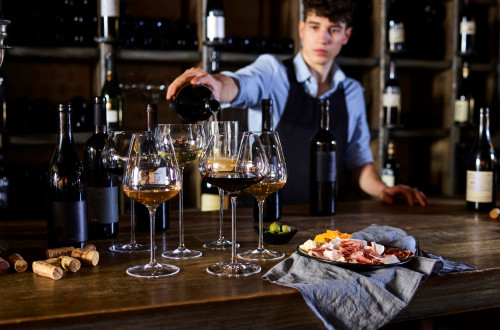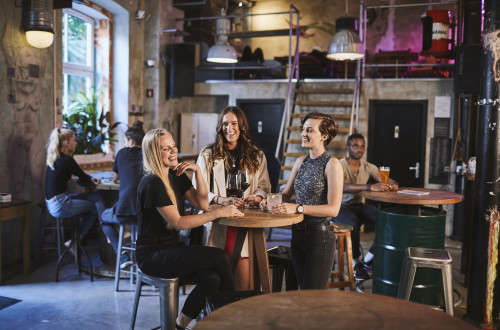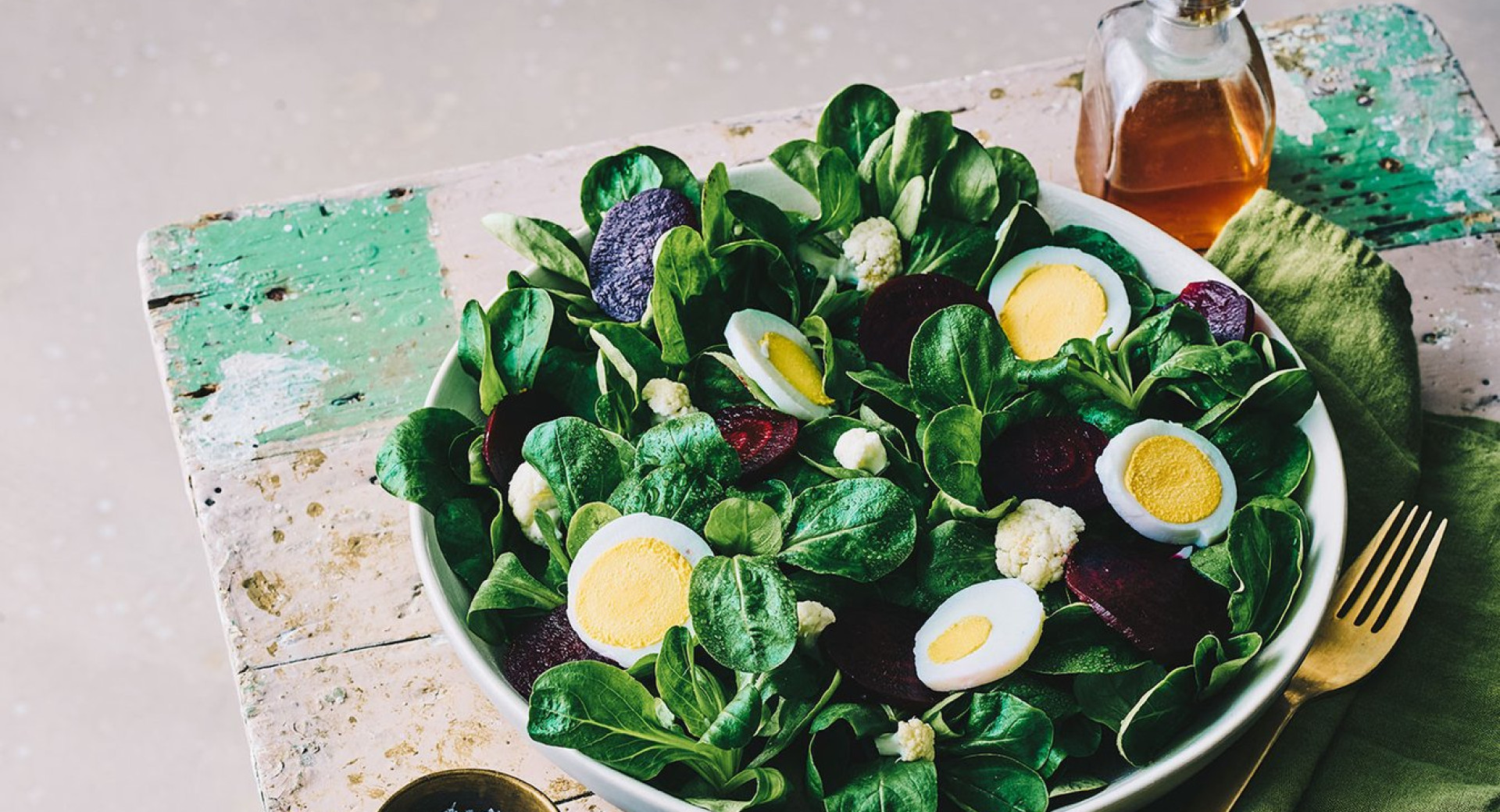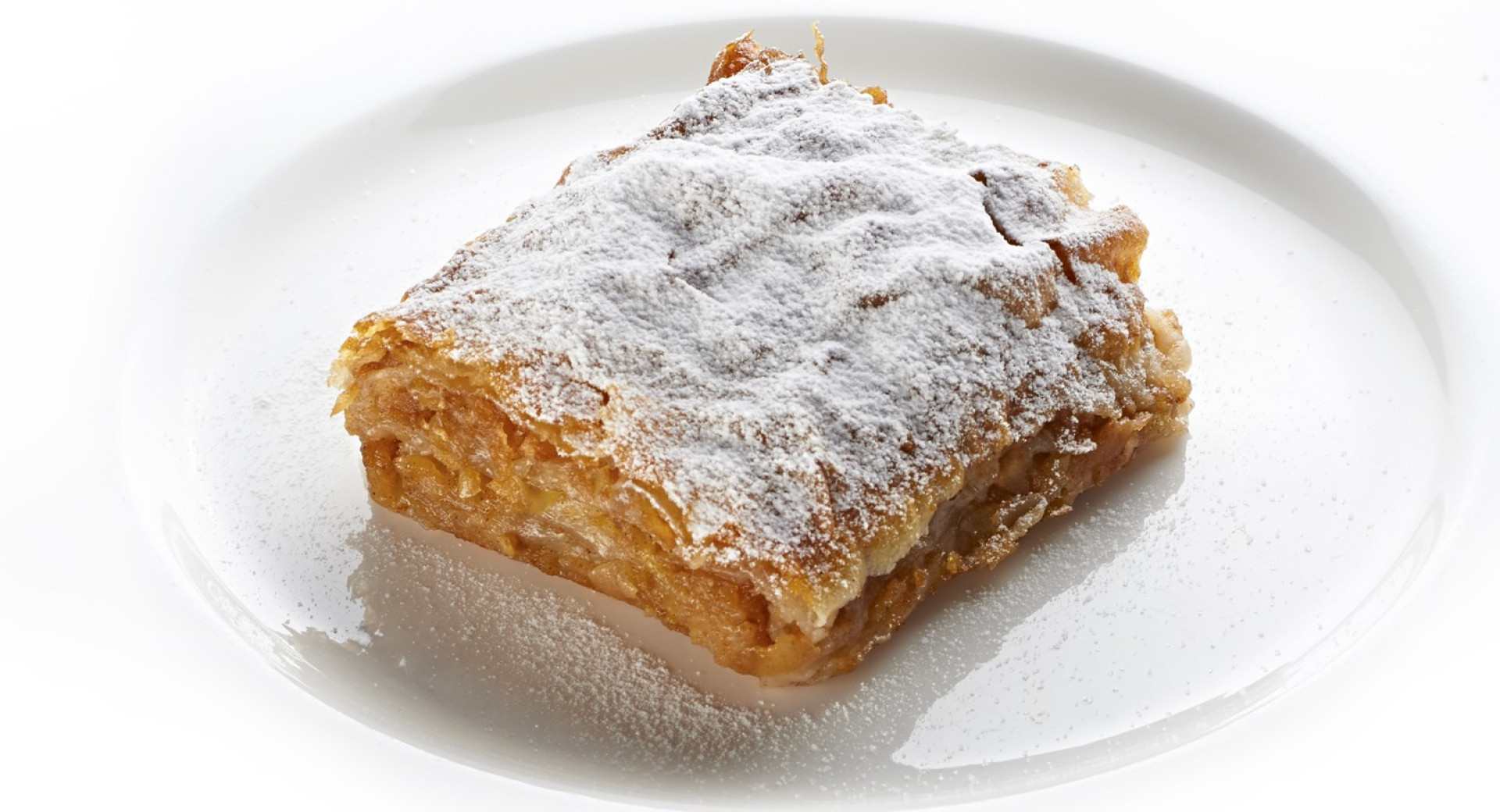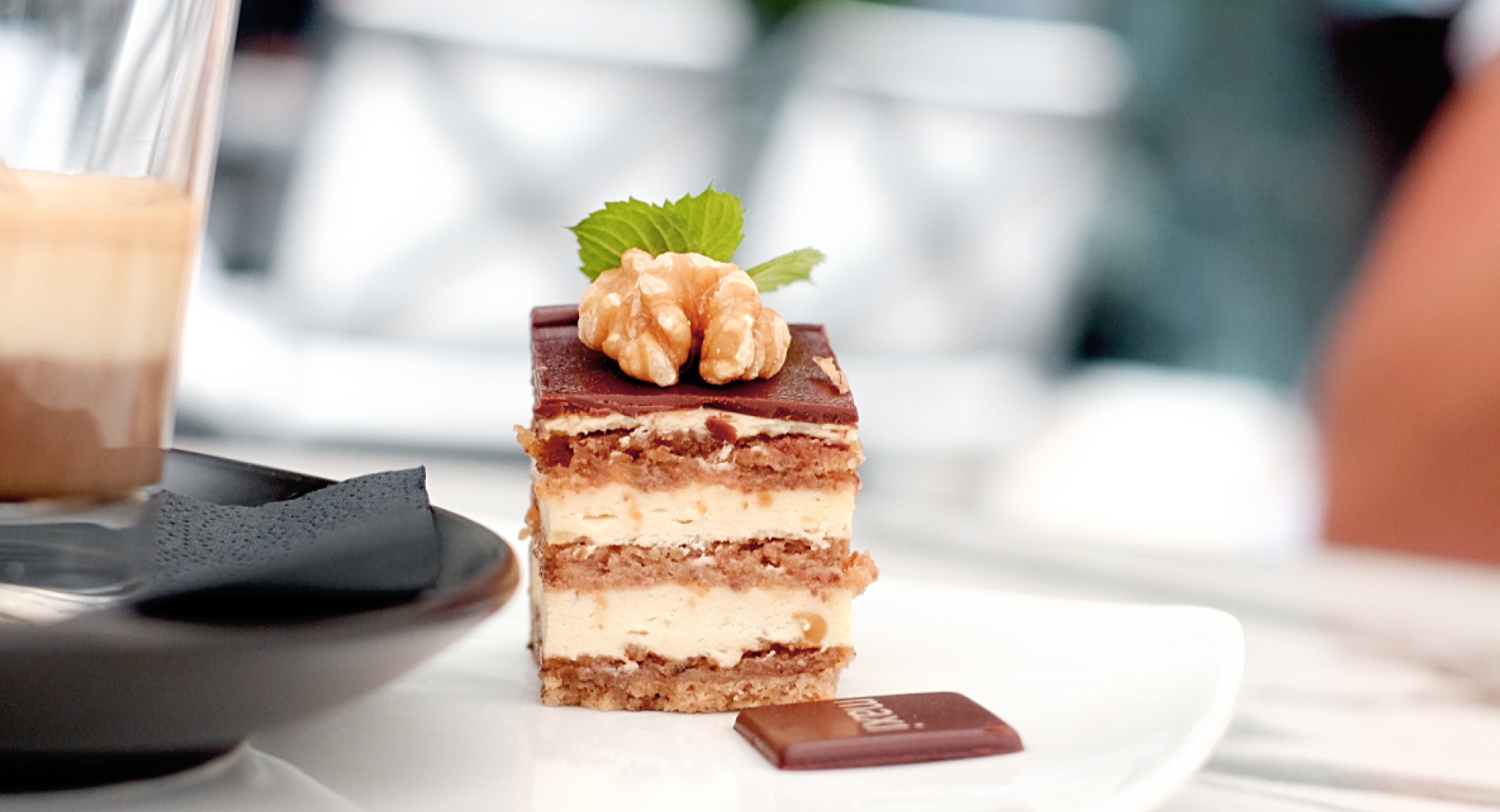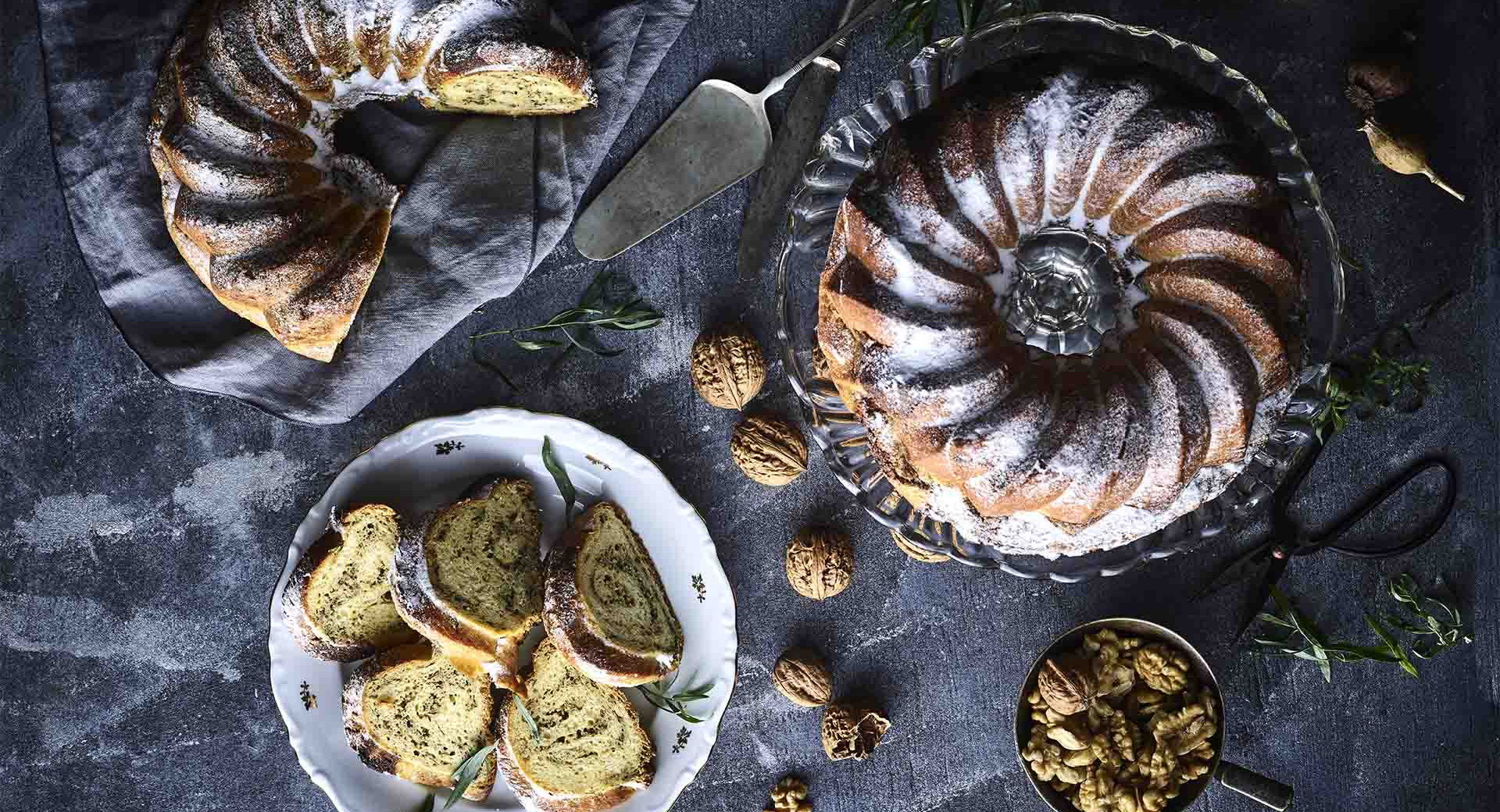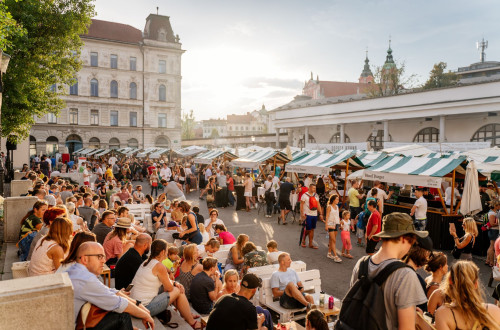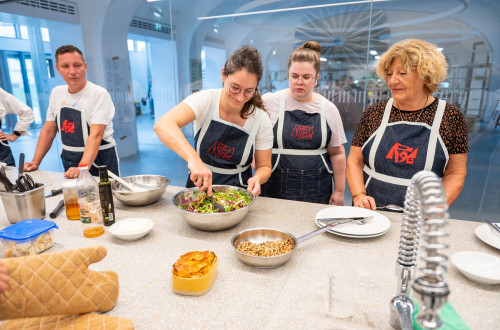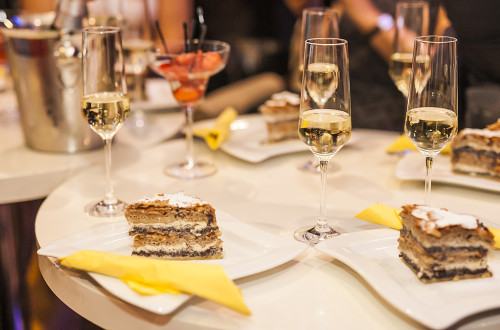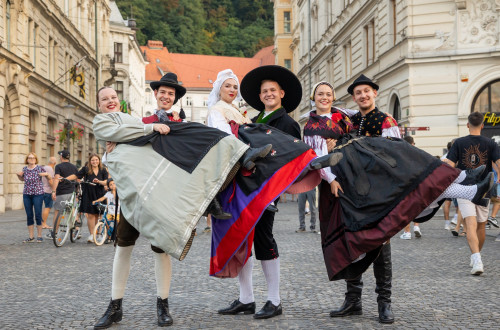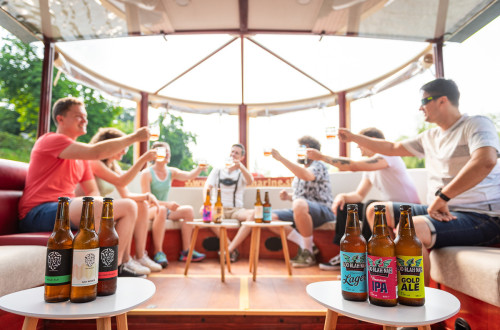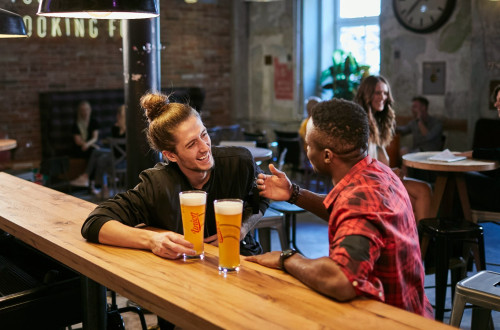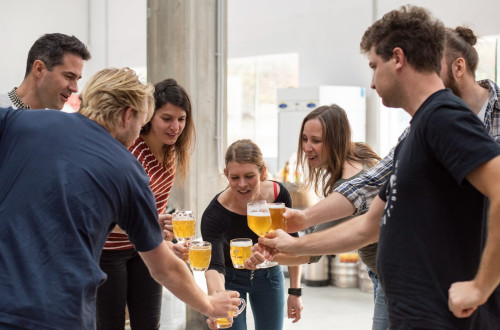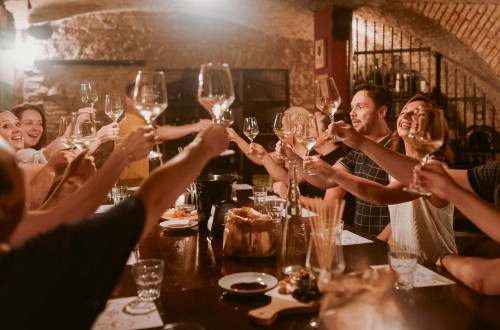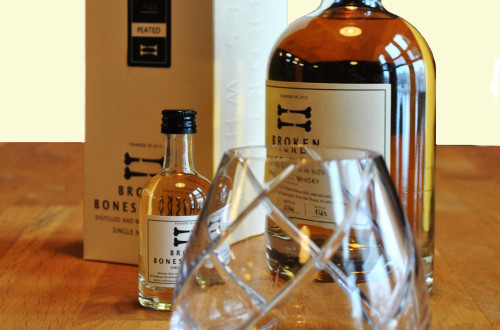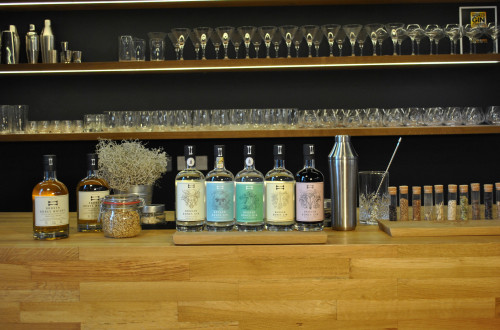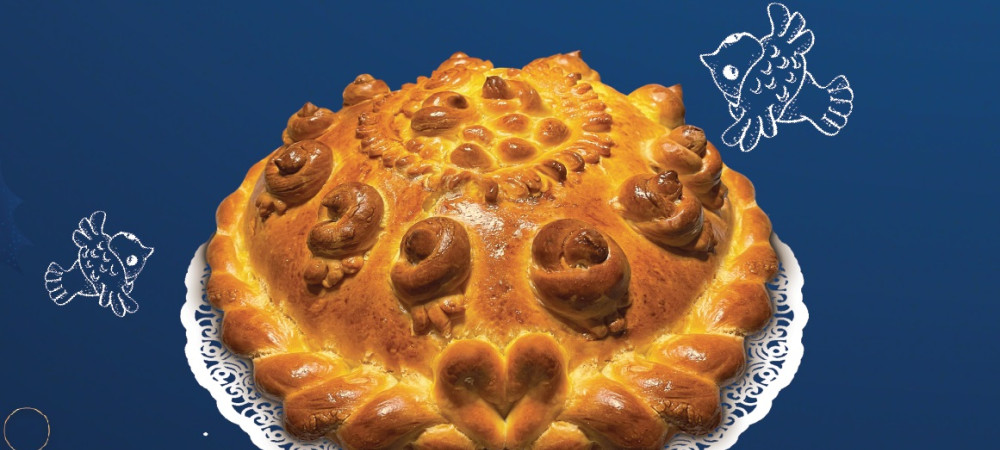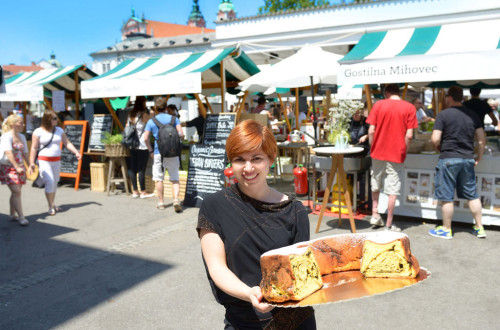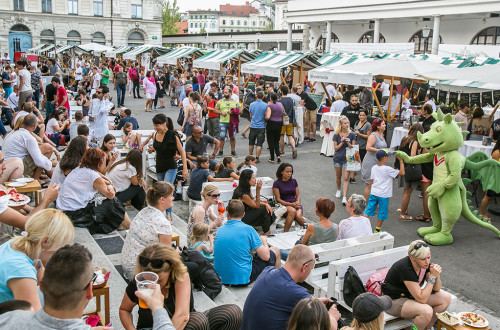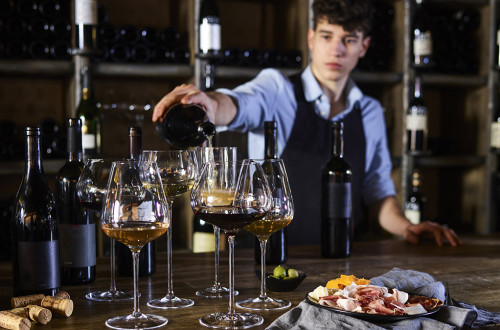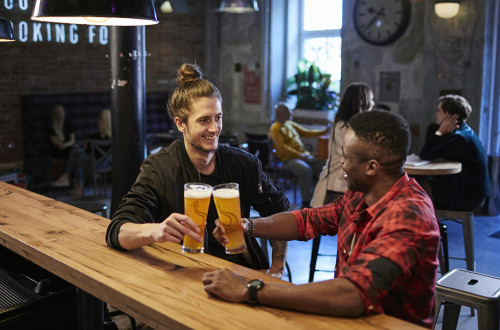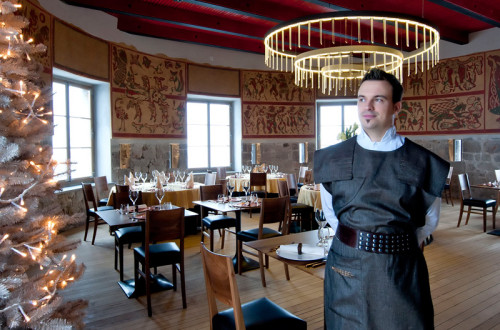Food and drink
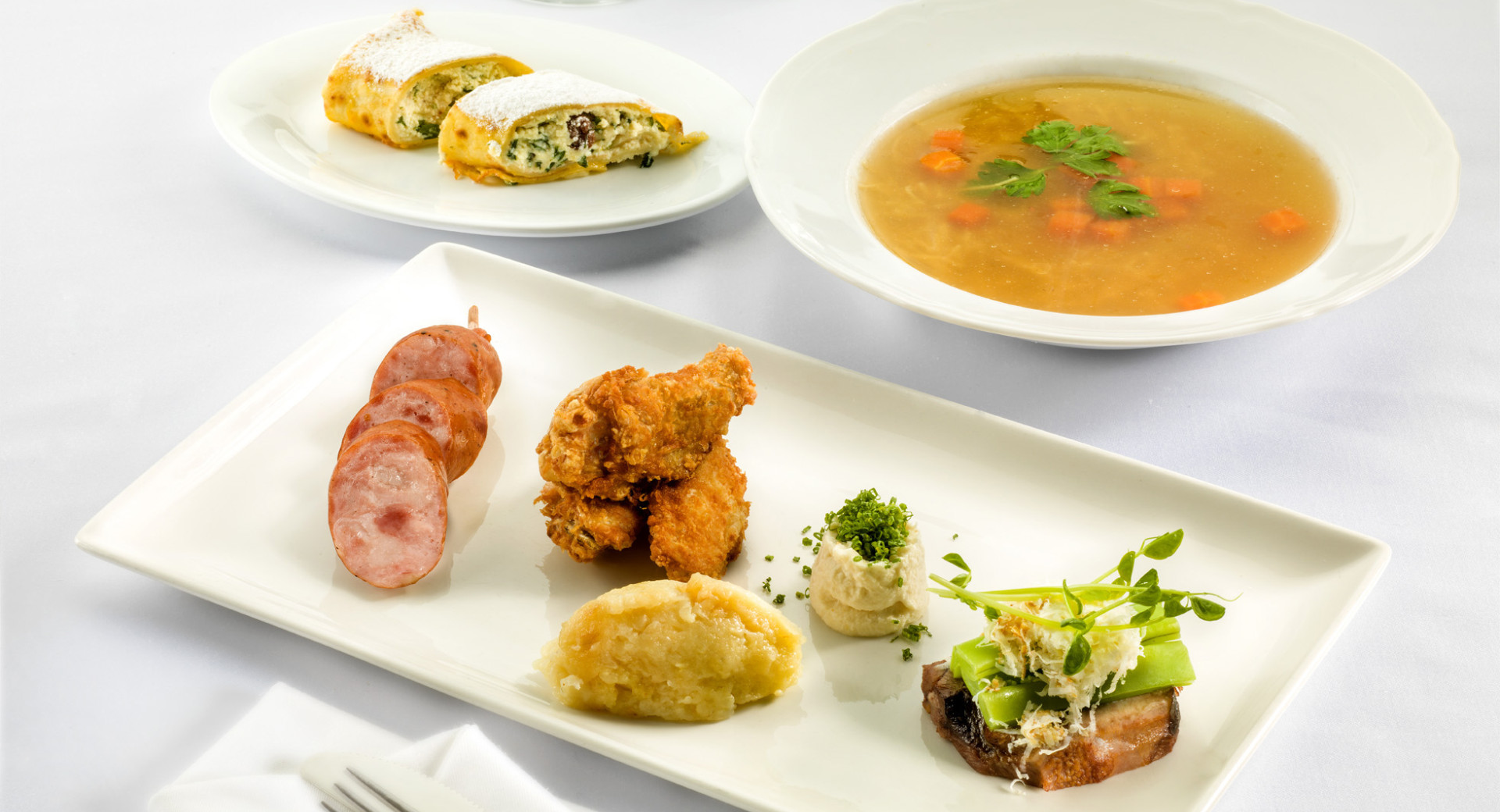
-
Wednesday
2°C -
Thursday
1°C -
Friday
4°C
Ljubljana is a world in miniature and offers culinary adventures. Whether you are looking for authentic local cooking or haute cuisine, trendy brunches or traditional breakfasts, a romantic corner or a lively dinner with friends, you are in the right place.
Discover its numerous acclaimed restaurants, bars, and nightlife spots, as well as cafes, the finest local vendors, Tourism Ljubljana's culinary projects, and countless culinary events in the city, and find out why they say that love goes through the stomach.
Did you know that Ljubljana's culinary scene is so strong that it even has its own annual magazine for culinary enthusiasts? Oh yes, it's time for you to discover Gourmet Ljubljana magazine as well, and then put theory into practice at one of the many culinary experiences available.
Traditional culinary delights of Ljubljana and the Central Slovenia region
Just like other cities around the world, Ljubljana also has some special dishes that are characteristic of various periods in its historical development and today represent the foundation of the city's recognizable culinary offerings, appropriately adapted to modern eating habits. You can read more about them here - and if it's worth it, you can take a look at the gallery below.
In the recent years, Slovenian cuisine started shining in the brightest light, and exceptional chefs have ever since been attracting foodies from near and fa...
Live healthy - enjoy local!
Slovenian cuisine has always been strongly defined by homegrown, quality, organically produced ingredients, which both city dwellers and top chefs prefer to seek out at one of Ljubljana's markets.
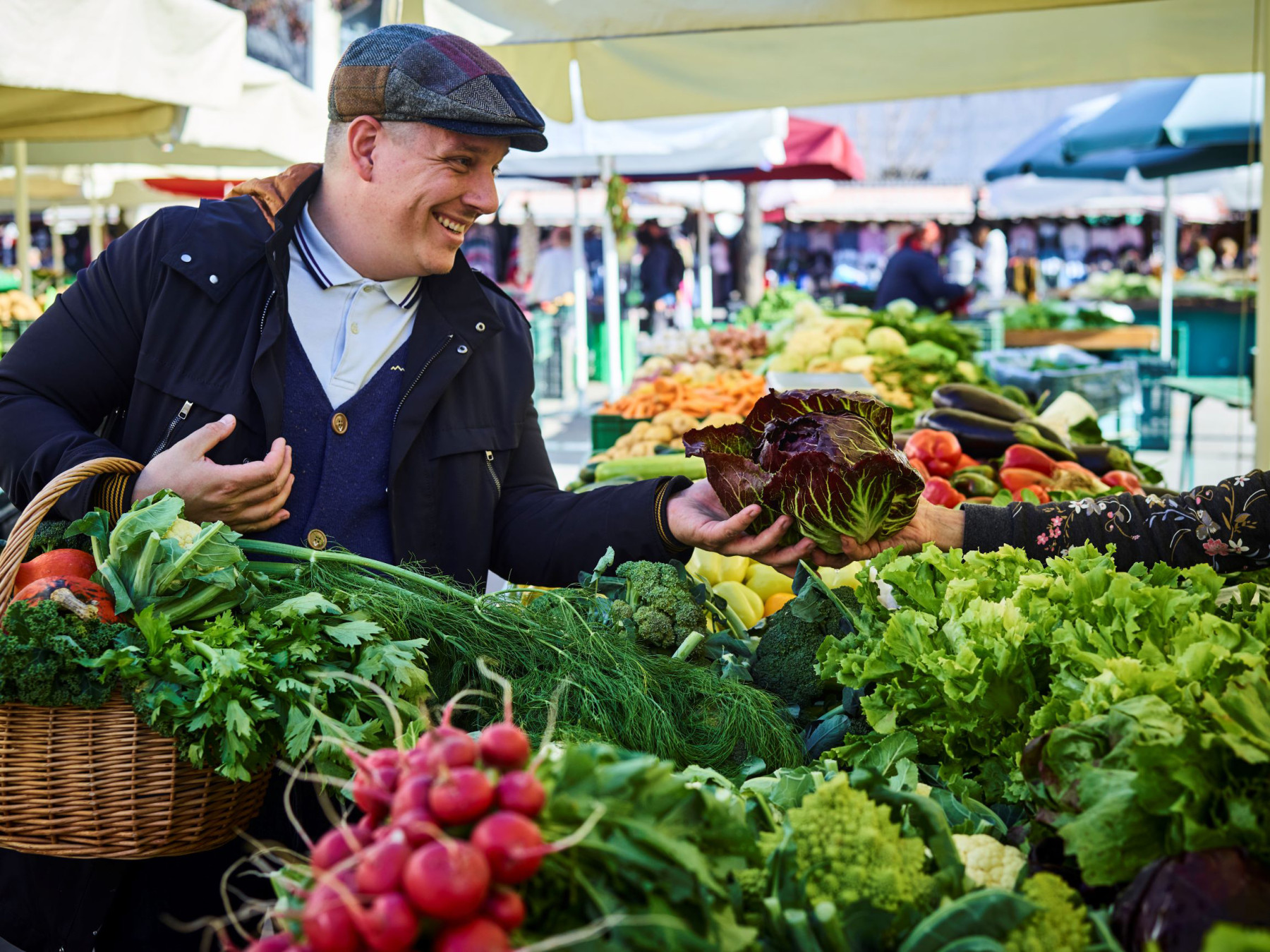
A significant number of specialized stores in the city center are dedicated to characteristic, traditional food products such as cured meats, homemade oils, wine, and other delicacies.
To truly experience Ljubljana to the fullest...
...try out our recipes, explore our projects, and marvel at culinary innovations!
Culinary Tours and Trips
Culinary events in Ljubljana
-
5 Dec 2025 - 5 Jan 2026 1315 Velike Lašče
Velike Lašče: The Christmas Bread Festival
The Christmas Bread Festival brings together various events that will take place in the Municipality of Velika Lašče in December.
For an even longer culinary journey
-
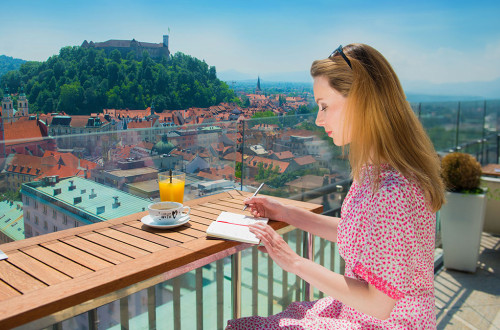
As summer turns to autumn, Ljubljana stops hiding from the sun and instead starts chasing every precious ray the season offers. The most magical ones appear just before sunset, when the city’s rooftops and the lush treetops—slowly shifting from green to golden hues—glow in warm, golden light.
So, where will we head this autumn, when we’re looking to unwind after work with a glass of fine wine in hand, savoring delicate bites and soaking up those golden views of our beautiful capital?

